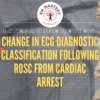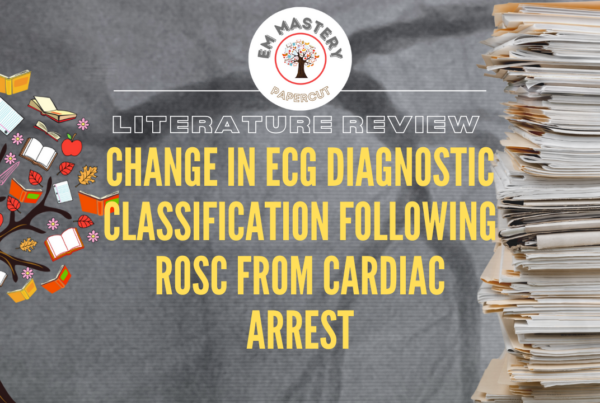There has been a lot of discussion around video laryngoscopy (VL) and its superiority or otherwise, over direct laryngoscopy (DL). Previous studies have been small or moderate in size, with only one real multicentre trial. In most trials and in a recent Cochrane review it was found that although VL gave a better view, it wasn’t necessarily better in terms of first attempt intubation success rates. First attempt success is important as failure to intubate at first attempt is associated with potential life-threatening adverse events.
Now, the question is answered. We have the Direct vs Video laryngoscope (DEVICE) Trial, that shows VL’s superiority. Trial enrolment was stopped as the stopping criterion for efficacy was met.
What they did
This was a pragmatic, multicentre, randomised, unblinded, parallel-group trial in which Video laryngoscopy was compared to Direct Laryngoscopy for intubation of critically ill patients. It was conducted in 7 Emergency Departments and 10 ICUs.
There was 1:1 randomisation to DL or VL. There was no specification of brand or blade size or use of stylette or bougie. Those decisions were all left to the operator.
Primary Outcome
Successful intubation on first attempt.
Secondary outcomes
Severe complications between induction and 2 minutes after intubation. Severe complications were described as:
- Desaturation <80%
- Hypotension <65mmHg
- New or increased use of vasopressors
- Cardiac arrest
- Death
Results
N=1420: 705 VL and 712 DL
The most common reasons for intubation were:
- altered mental status and
- acute respiratory failure.
Primary outcome: First attempt intubation
VL was significant better than DL:
VL 85.1% / DL 70.8%. (95% CI 9.9-18.7 p<0.001)
Secondary Outcomes
21.4% in VL and 20.9% in DL had severe complications.
My take on this
We know that first attempt success rate for intubation is an important measure as it is associated with a lower risk of life-threatening complications.
In the past we have seen that VL gives a better view of the cords, however the studies showed that this did not necessarily translate to better first attempt intubation results. Now the DEVICE Trial; a large multicentre randomised study, shows that for patient in ED or ICU, the use of VL results in better first attempt intubation success.
For me what is important, is that its use in those operators with less intubation experience produced better results. For operators with < 25 intubations the absolute difference between the two groups for a successful first attempt intubation was 26.1%. The difference in those with >100 intubations was 5.9%. In this study, 97% of the participants had performed less than 250 previous tracheal intubations.
VL results in greater first attempt success than DL and this is more pronounced in those operators with less intubation experience, which is, very important.
References
- Prekker M.E. et al Video versus Direct Laryngoscopy for Tracheal Intubation of Critically iLL Adults. NEJM June 16 2023
- Lascarrou JB, Boisrame-Helms J, Bail- ly A, et al. Video laryngoscopy vs direct laryngoscopy on successful first-pass orotracheal intubation among ICU patients: a randomized clinical trial. JAMA 2017; 317:483-93.
- Russotto V, et al. Intubation practices and adverse peri-intubation events in critically ill patients from 29 countries. JAMA2021;325:1164-1172










